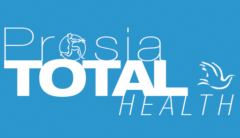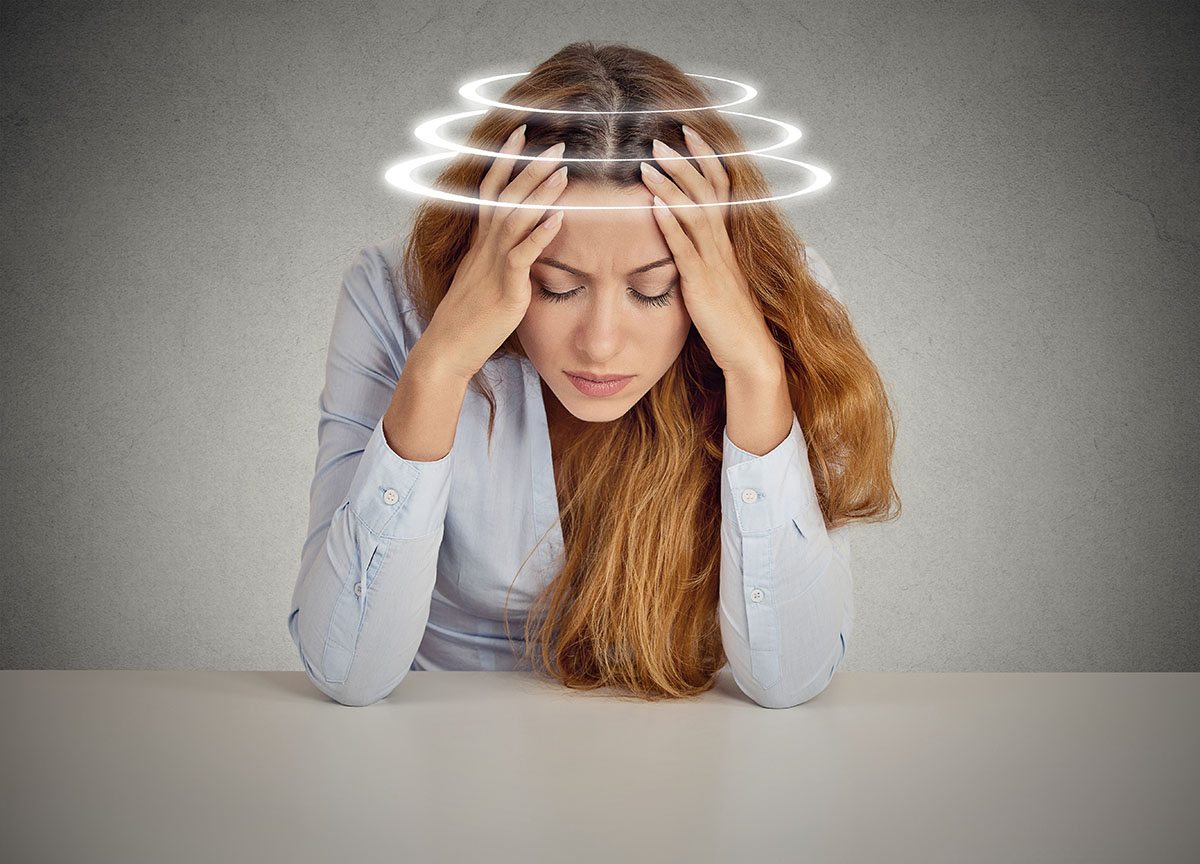
Dizziness, vertigo and disequilibrium some of the most common complaints that bring patients in to see their doctors. Unfortunately, they are often inappropriately described, leading to the physician making an incorrect diagnosis. Dizziness is the sensation of lightheadedness. Vertigo is the perception of movement (or whirling) either of self or of the surroundings and always has a rotational/spinning component (dizziness does not). Disequilibrium is unsteadiness or imbalance often accompanied by spatial disorientation (not knowing where your body is in relation to the horizontal and vertical planes).
Dizziness, vertigo and disequilibrium are all symptoms that can result from a peripheral vestibular disorder (dysfunction with balance organs of the inner ear) or a central vestibular disorder (dysfunction with part of the central nervous system that helps process balance and spatial information). For example, most of us have experienced a few seconds of spatial disorientation when watching a 3-D movie in the theatre. We feel that we are moving or going to fall as things are moving around us when in fact we are sitting still in our chair. This is normal, but frequent episodes of vertigo (whether seconds or consecutive days) are a primary sign of vestibular dysfunction especially if associated with head position changes. In contrast, dizziness can be a primary sign of vestibular disorder but may also be due to cardiovascular, neurological, metabolic, vision and/or psychological problems. An individual may also have a combination of problems, such as vision deficits from cataracts and a degenerative vestibular deficit. Dizziness, vertigo and disequilibrium may have a common cause, but they have different meanings and describing them accurately is key to making a proper diagnosis.
We maintain our balance using sensory information that we receive from vision, proprioception (receptors in our feet, trunk and spine), and the vestibular system (housed in the inner ear). Information from these systems is integrated and processed by the brainstem and then messages are sent back to the eyes to help maintain steady vision and to the muscles to help maintain posture and balance. The most reliable spatial orientation information comes from the vestibular system, so when it malfunctions symptoms such as dizziness, vertigo and disequilibrium occur. Vestibular dysfunction is most commonly caused by head injury, ageing or viral infection and is an underlying cause in as many as 45% of people complaining of dizziness. Recent studies indicate that as many as 35% of Americans over age 40 have experienced some form of vestibular dysfunction and a further 4% report a chronic problem with balance. 80% of people over age 65 have experienced dizziness, and nearly 85% of people over 80 years have a vestibular dysfunction. Problems with dizziness, vertigo and disequilibrium can lead to serious problems completing activities of daily living and significantly increase the risk of falls. Unfortunately, dizzy patients are not routinely screened for vestibular impairment and this cause often goes undiagnosed and untreated.
The primary signs of vestibular dysfunction include vertigo, dizziness, visual disturbance and imbalance. Secondary problems include nausea/vomiting, decreased ability to focus/concentrate and fatigue. These symptoms decrease the quality of life and affect activities of daily living, and contribute to emotional problems such as anxiety and depression. This in turn often leads people to adopt a sedentary lifestyle to avoid bringing on or worsening their symptoms.
The goal of vestibular rehabilitation is to alleviate the primary and secondary problems caused by vestibular disorders. For most people with a vestibular disorder, the deficit is permanent because restoration of vestibular function is low. However, people can feel better and return to function through compensation; the brain substitutes for the vestibular deficit by learning to use other senses (vision and somatosensory). For many, compensation occurs naturally over time. For those who continue to have difficulty, vestibular rehabilitation can help.
At Prosia Total Health we have physiotherapists that are trained in the diagnosis of vestibular conditions and their treatment. Vestibular rehabilitation is a customized exercise program geared to promote compensation for each person’s specific problem(s). Three types of exercise used are habituation, gaze stabilization and balance training.
Habituation exercises are specific for symptoms of dizziness produced with movement (when moving around, quick head movements, position changes) or with visual stimuli (stimulating situations such as a shopping mall, watching TV). These exercises reduce dizziness by repeated exposure to the movements or visual stimuli that create the dizziness. Symptoms of mild to moderate dizziness are provoked, but only temporarily, then return to baseline level. The idea is that the brain will learn to ignore the abnormal signals it is receiving from the inner ear through repeated controlled exposure.
Gaze stabilization exercises are specific for dizziness associated with problems seeing clearly, where one feels their visual world is bouncing or jumping around (such as when reading or focusing on an object in a moving environment). The goal is so to improve control of eye movements so vision can then be clear with head movement.
Balance training exercises are used to improve steadiness during activities of daily living, work and leisure. The goal is to reduce environmental barriers and reduce the risk of falls.
One of the most frequently seen types of vestibular disorder is benign paroxysmal positional vertigo (BPPV). For BPPV, the above types of exercise are not appropriate. BPPV is the most common cause of vertigo. It is a biomechanical problem in which one or more of the semicircular canals (in the inner ear) are inappropriately excited due to the presence of otoconia (ear crystals) that do not belong. This produces symptoms of vertigo, nystagmus (characteristic eye movements) and occasionally nausea provoked by looking up, lying down flat quickly, bending forward, and rolling in bed. Your physiotherapist will perform a specific diagnostic test (Dix-Hallpike Test) to identify the particular semi-circular canal involved. Treatment will then involve a specific movement sequence (for example the Epley Manoeuver) designed to remove the crystals from the semi-circular canal. Most people require only one treatment for their symptom of vertigo to be abolished. In some cases, people will continue to report non-specific dizziness symptoms (not vertigo) and or imbalance. In these situations, habituation or balance exercise may be appropriate.
Your physiotherapist will work closely with you to ensure that you are given the appropriate exercises and that they are progressed at a pace that does not excessively exacerbate your symptoms. Your compliance and dedication are imperative to ensure success with your program. With efficient teamwork, you should be able to return safely to your desired level of activity. We look forward to working with you to ensure your quality of life is maximized.

